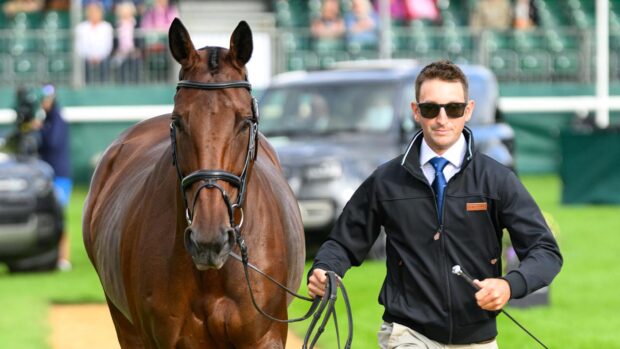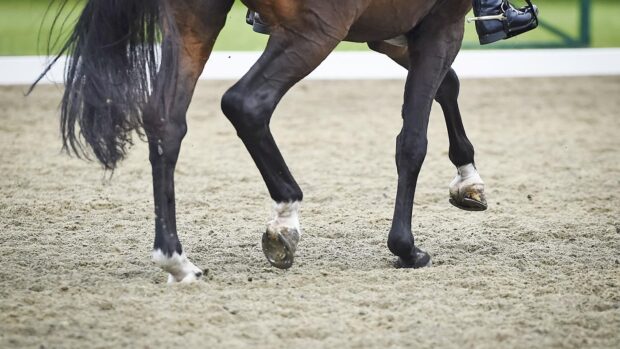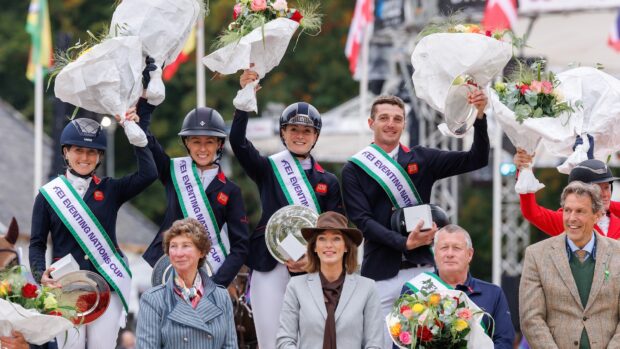Event riders are trying to unravel the new qualification rules for international competitions that were introduced on 1 January 2013.
Under a system likened to licensing, from this season experienced riders will be categorised as levels A-D and those who are not yet categorised will be termed “national” riders.
Categorisation allows riders who have proven their competence to qualify new horses more easily. So a D rider can buy a one-star qualified horse and run it at one-star immediately, all the way up to A riders at four-star.
National riders and their horses must still qualify as a combination before competing at a level.
“The system recognises riders’ achievements and experience,” said British Eventing (BE) sport manager Debbie Marfell.
“Unnecessary checks will not be applied to our elite riders, but we still have checks in place at the other end so those who need more help can move up the levels safely.”
BE chief executive Mike Etherington-Smith still has questions about the new system, including how it will be administered.
“But [the FEI] have said there will be a watching brief for 2013 and we shall be able to discuss the rules with them as we go,” he added.
And after initial confusion, riders are beginning to appreciate the changes, said rider Bruce Haskell.
“Once the FEI had explained its motivation, the new rules made a lot more sense.
“They want to shift responsibility for who decides when a horse is ready to move up a grade from the FEI to the rider,” he added.
Francis Whittington, who is chairman of the Event Riders Association (ERA), added: “We have put together a guide on our website so riders can work out what level they are at and what they are qualified for.”
This news story was first published in the current issue of H&H (10 January 2013)



